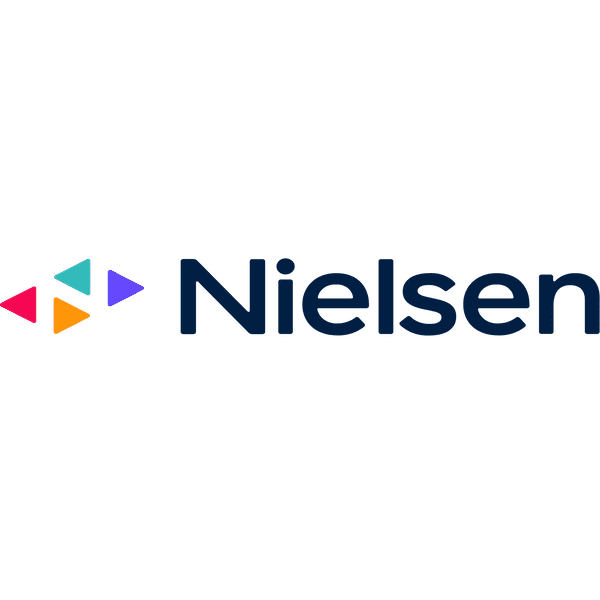That promise was made before the "merger" (which actually amounted to a Sirius takeover) took place. With no competition in satellite radio, SXM can do whatever it wants, especially if its bean counters and Wall Street sharpies say it will benefit the bottom line.Seems to me the XM half of the company made some sort of promise to keep the music free. Not that it means anything.
As for fitting ads into the programming, when XM was obligated to carry commercial stations from Clear Channel/iHeart, a narrow selection of songs selected strictly for their length was played during each stopset. On the country station, you'd hear Brooks and Dunn's "Red Dirt Road" every couple of hours solely because it fit the break exactly. That sort of thing could conceivably be done again.




